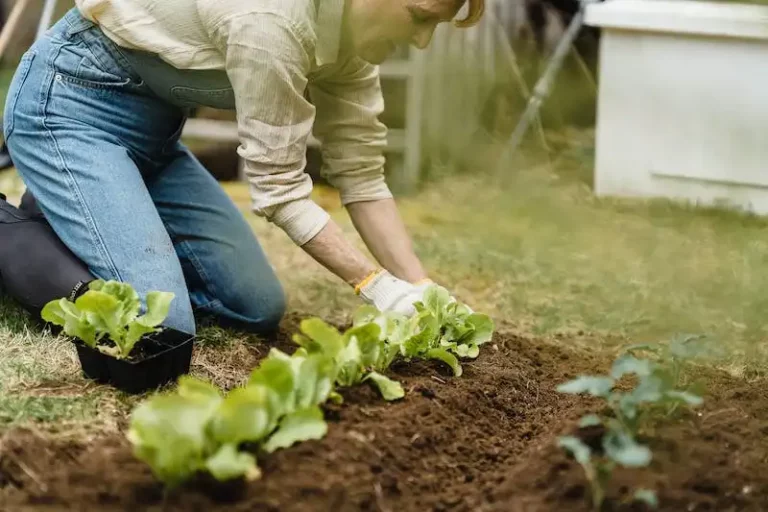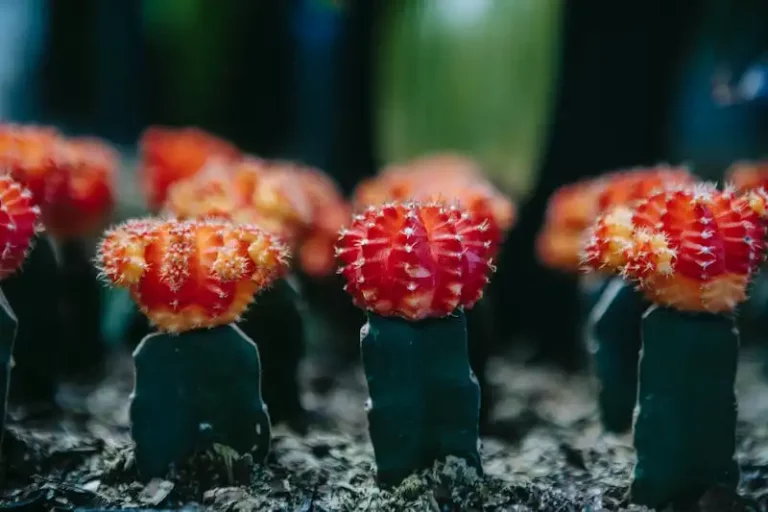Weeds are infamously hard to get rid of. Whether you use mechanical, chemical, or preventive weeding techniques, the invasive plants have a way of coming back time and time again. It’s as if there’s an endless source of weed seeds in the soil. Unfortunately, this has more truth to it than you might think. But it’s not just the abundant supply of seeds, lying dormant in the soil waiting for the right conditions, that’s making weeds a permanent fixture in your landscape. Sometimes the fault is in the method you use and how you apply it.
There are a lot of ways to get rid of weeds in your garden and lawn. Before you choose the right strategy to solve the weed problem, you need to know the type of invasive plant you’re dealing with. This can save you a lot of time and effort, making weeding more efficient. Meanwhile, try to avoid the following common weeding mistakes to ensure the success of your efforts to get rid of weeds once and for all.
Not depleting the weed seed bank
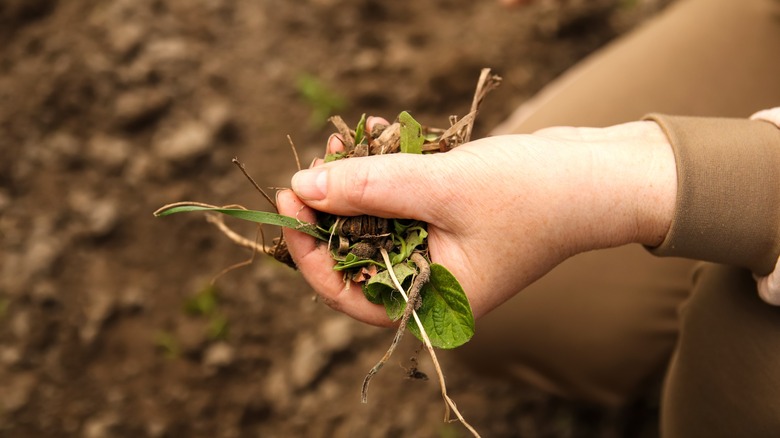
Your well-maintained garden or established lawn has a weed seed bank under the healthy plants. That’s not hyperbole. Every year, the weeds deposit seeds into the soil, creating a thick bed right under the surface. These seeds stay dormant for years, waiting for the right opportunity to germinate. That right opportunity could be the warming up of the weather with the advent of spring or the beginning of the rainy season. And just when you thought you were rid of weeds forever, they sprout, spread out, and compete with your plants over nutrients and moisture. If you want to eliminate weeds on your landscape, you need to deplete them at the source.
Since weed seeds are tiny and hidden underground, the only way to exterminate them is to make them visible by allowing them to grow. A few weeks before you seed the lawn or start your growing season, till the soil, apply nitrogen fertilizer, and water it. This brings the overwintering seeds up to the surface, where oxygen, sunlight, and moisture will trigger germination. Check the soil every couple of days and cull the growing weeds. After a couple of weeks, the top of the seedbed will be depleted. Repeating this process before every growing cycle will eventually cleanse the soil of any hibernating weed seeds.
Not identifying the weeds beforehand
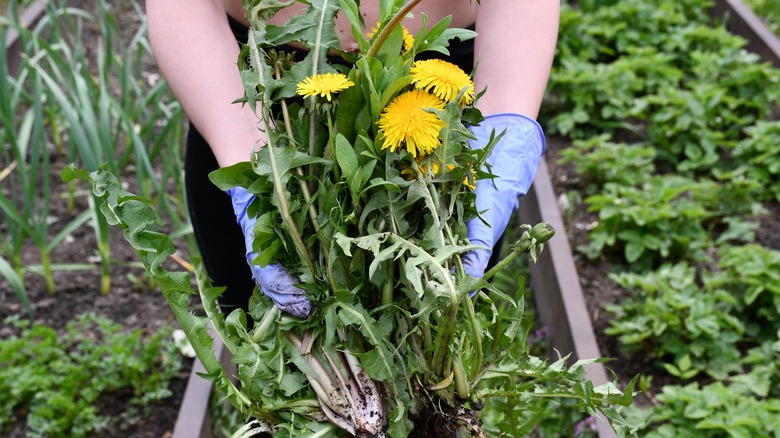
Weeds come in more species and shapes than anybody but a horticulturist can identify. But you need to know about common garden weeds and how to identify them if you want your weeding strategy to work. That’s because a single treatment will not have the same effect on all weed species in the garden or lawn. Controlling sedges, for example, requires a certain herbicide that doesn’t work on either broadleaf or grasses. Meanwhile, tall invasive plants could be removed with a mower, but weeds that grow close to the ground will escape unscathed. Similarly, pulling plants by hand or hoe could work on annual species, while perennials may come back.
Before you start your weed control strategy, you need to know which invasive plants are growing in your yard or garden. To identify the weed species, take a closer look at the shape, color, and structure of the leaves, stems, and flowers. If you can’t immediately put a name on the plant, your local extension office could help. Pull out a few plants with the root ball intact, and mail them to the extension agent. If that’s not an option, take pictures of the plant and send them instead. The agent will get back to you with information about the invasive plant and the best ways to control it.
Waiting for the weeds to seed

New Africa/Shutterstock
Weeds, like other plants, have a life cycle they follow year after year. Whether annual, biennial, or perennial, they start as seedlings then develop roots and foliage, flower, and finally go to seed. It’s this last stage that makes weeds so persistent in your landscape. Not only will seeding ensure that the invasive plants take permanent residence in the soil, but each seed could grow into a new plant with the potential for developing and spreading more seeds. A single broadleaf, sedge, or grass that you ignore in the soil can become an infestation that is hard to manage a few growing cycles down the line.
When it comes to weeding, timing is everything. The golden rule of thumb is to never allow the weeds to flower. Because if they do, you’ll be in a race against time to cull them before their seeds develop and fall to the ground. When managing weeds on the lawn, regular mowing will cut the weeds before they reach the flowering stage. As for invasive plants in the garden, it’s a lot easier to manage them when they’re young. It also saves you the trouble of dealing with flowering and seeding.
Not disposing of the weeds right away
Ground Picture/Shutterstock
No matter how you choose to do it, getting weeds out of the soil is only half the job. If you’re discarding the weeds by piling them up in a corner, you’re only helping spread the weeds. Invasive plants, especially annuals, go to seed quickly since they have a short life span compared to perennials. Piling these weeds or chucking them over the fence only allows them to drop their seeds to the ground, which adds to the seedbed in the soil. As for composting, it doesn’t work with perennials, seeding annuals, or tubers since the plants and the seeds survive the composting process.
The best way to dispose of pulled-out weeds is to put them in a secure garbage bag and throw them in a landfill. This should be done as soon as you’re done with weeding. You could burn the plants if the rules in your area allow it. However, keep in mind that the seeds of some weeds, such as tansy ragwort, will survive the fire and fly off to contaminate the soil. If you can’t take them to a landfill and burning isn’t an option you could spread the weeds under the Sun to dry out before composting them. In cold weather, put the weeds in a garbage bag, add water, and leave them to rot.
Leaving roots in the soil when pulling out weeds
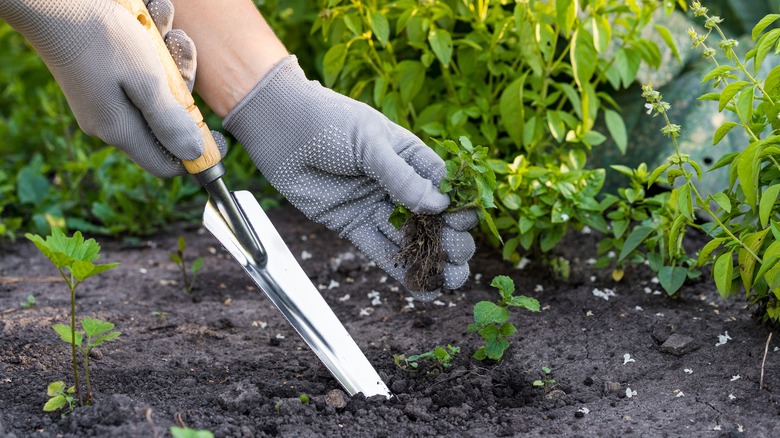
Uryupina Nadezhda/Shutterstock
Many people swear by pulling out weeds, considering this method as the surest way to get rid of invasive plants. But unless done right, weeding by hand could leave parts of the roots in the soil. Manually uprooting weeds works best against annuals and young perennials. However, established perennials, weeds that grow out of rhizomes, and tubers could survive this weeding technique. Their roots have a staying power in the soil long after the crowns and even parts of the root system have been removed. With sunlight and moisture in the soil, new shoots will come out of the roots and cover the lawn or garden once again.
If you want to successfully and cleanly pull out weeds so that they don’t grow back, make sure to pull out the entire root system along with the plant. Start by watering the soil a day before you plan on weeding to loosen the soil and make digging up the roots easier. Then dig around the noxious plant with hand tines. Holding the base of the plant firmly, pull it up slowly. Don’t yank it out lest the roots break in the soil. Once the plant gives in, keep pulling it until it comes out with the roots, bulbs, and rhizomes intact.
Not maintaining weed fabrics
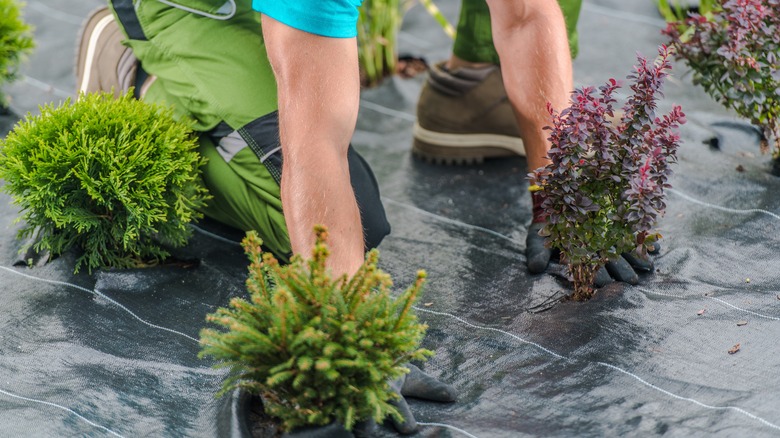
Virrage Images/Shutterstock
Weed fabrics are often used to control weeds. They smother growing weeds undergoing different stages of development and prevent dormant seeds from germinating. However, the fabrics are not durable, and normal wear and tear from the elements can give the weeds the openings they require to grow and thrive. Thin and low-quality fabrics are prone to degrading in the soil, and using the weed fabric on vegetable or annual beds can result in a lot of holes in the material. This defeats its purpose and makes the material less efficient in suppressing weeds. Another problem occurs when seeds fall on the surface of the fabric and grow unhindered.
Weed fabrics are some of the least harmful ways to kill weeds. To get the most out of them, make sure they’re UV-treated, which prevents damage to the material from sun exposure. Also, avoid the cheap options and go for a high-grade and durable product instead. To prolong the life of the fabric and prevent frequent tears, remove any clods and debris from the soil and keep the beds level. You might also consider covering the weed fabric with mulch as an extra layer of protection.
Not using the right weeding tool for the job
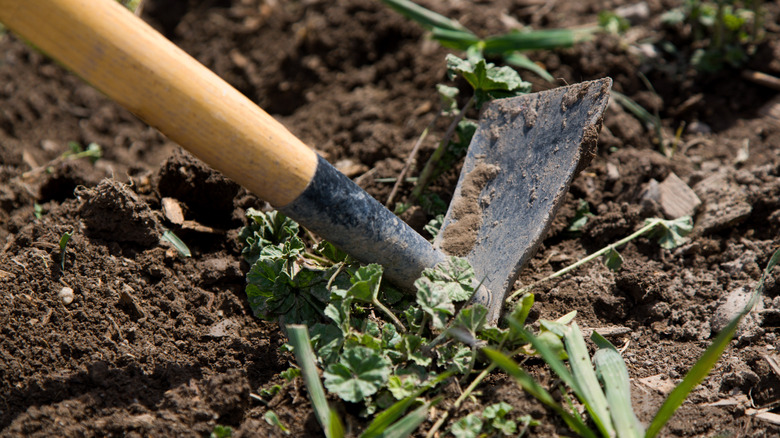
Richlegg/Getty Images
Weeding tools come in different shapes, sizes, and purposes. But a tool that works on shallow annual weeds, such as yellow foxtail, does a poor job when used to eliminate wild ginger with its famous tubers. Moreover, some succulents like purslane are hard to manage with a hula hoe. The plant fragments will grow in the soil, creating multiple purslanes where there used to be only one. But it’s not just picking the wrong weeding tool that will increase rather than manage weeds. Not using the tool correctly and for the purpose it was intended could backfire as well.
Hoeing as a weeding technique is effective against small weeds. To get rid of young and shallow annuals, apply a Dutch hoe in sweeping motions that uproot the weeds. If you want to slice the weeds instead, then a sharp draw hoe will get the job done. As for perennials, a shovel is the right tool to dig up the deep roots. You can also use a weeding hoe to get under the soil surface and decimate the invasive plants. When weeding in narrow spaces among plants, select a narrow garden hoe. But if you need to get under low-growing plants, the recommended tool is an oscillating hoe.
Misusing preemergence and postemergence herbicides
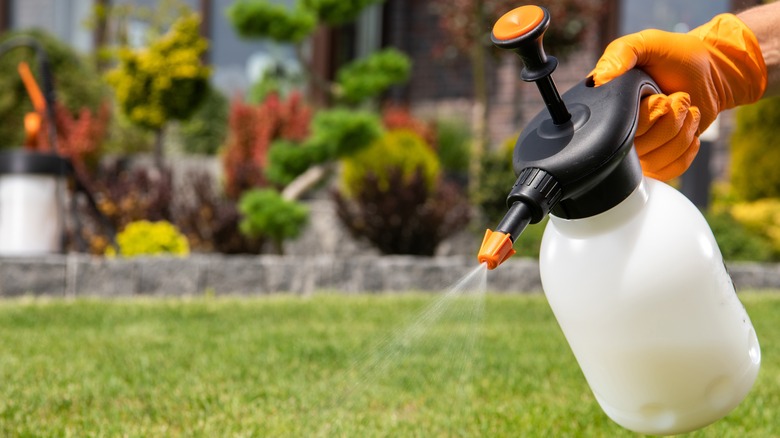
Virrage Images/Shutterstock
If there’s one thing every gardener learns from fighting weeds, it’s that herbicides have to fit into their weed-eliminating arsenal. But effective as they are, herbicide applications are fraught with errors and misuse. One of those mistakes is applying the wrong type at the wrong time. Preemergence weed killers have a small window of targeting germinating annual weed seeds. If you wait until the shoots break the soil surface before spraying them, the weeds will keep growing undisturbed. They’re equally ineffective against the dormant seeds that don’t germinate. As for postemergence herbicides, if they miss the spring growth or fall window, then the harm they do to the invasive plants is limited.
Preemergence herbicides should be used in the early spring and fall, against seeds that are about to germinate. When the soil temperature is consistently around 55 degrees Fahrenheit, that’s your cue to apply the weedkiller. But if you can see the leaves of the weeds emerging from the ground, then you need to switch to postemergence herbicides. For perennial weeds, another postemergence weed killer application in the fall is required. Always follow the instructions on the label carefully to prevent damage to the lawn or garden plants.
Leaving too much space between the plants
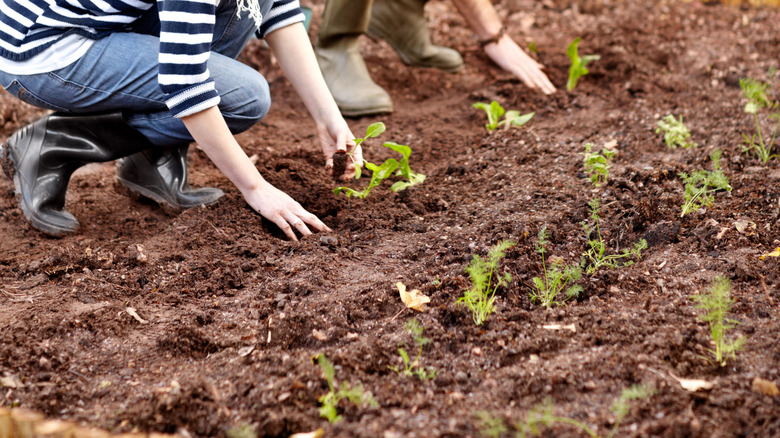
Peopleimages/Getty Images
Weeds are opportunistic plants that take root in any and every available space in your garden. One mistake gardeners often make is not methodically spacing their plants right. Not all vegetables and ornamentals you grow in the garden have the same spread. Some grow upright while others have bushy foliage. Not accommodating that difference in the adult plants’ size can leave a lot of unreclaimed space in the bed. That open space is an invitation for invasive plants to grow. Plants with higher density in the soil minimize the chances for weeds to find a footing in your garden.
Proper plant spacing isn’t just a way to maximize your usage of every inch of gardening real estate. The closely spaced plants cover the soil with shade, which prevents weed seeds from germinating. And if you’re selecting ornamentals for your landscape, opt for those with a dense canopy. As for lawns with turfgrasses suffering from weed infestations, replacing the grasses with a high-density ground cover leaves little room for weeds to grow. However, you shouldn’t go overboard with dense garden beds and landscapes, as you could end up with overcrowded and unhealthy plants. Always follow the recommended spacing for each species.
Not mulching
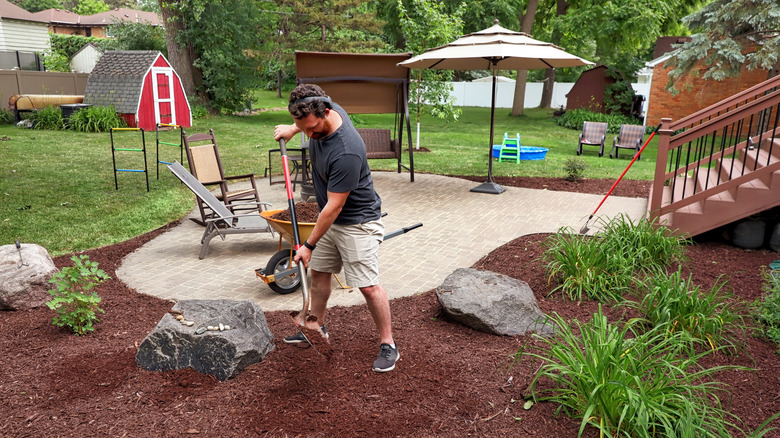
Georgepeters/Getty Images
If you don’t systematically mulch around your plants and under the trees and bushes, you’re missing out on a cost-effective and safe way to fight weeds. Proper spacing of the veggies and ornamentals can only go so far in eliminating empty areas in your garden beds. And there’s enough space between the bed rows for weeds to establish and compete with your plants over resources. The lack of mulch in these scenarios not only causes weed infestations but also increases your dependence on chemical herbicides to get rid of weeds.
To choose the right mulch for your garden, you have two options: organic and inorganic types. Chipped bark, straw, grass clippings, pine needles, and crushed leaves are some of the best organic mulches to use. They inhibit weeds and break down into the soil which enriches it. Apply a layer between 2 to 3 inches thick to fight off annual weeds. Inorganic mulches include rubber, plastics, and stones. A 1-inch layer of inorganic mulch is a good deterrent against many weeds. However, these materials have their pitfalls. Plastic mulch isn’t durable, while rubber can be a fire hazard. As for stones, they heat the soil which could damage the roots during the summer months.
Disturbing the dormant seeds in the soil
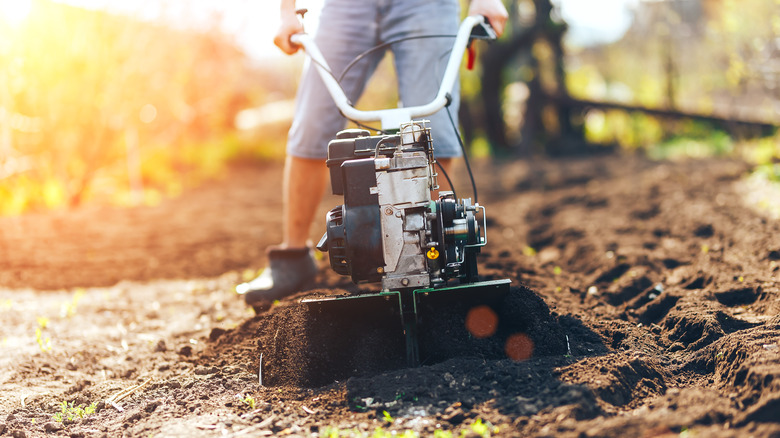
Anastassiya Bezhekeneva/Shutterstock
Dormant weed seeds are usually waiting for the slightest disturbance in the soil to bring them up to the surface. If you like to cultivate the soil, build rows in beds, or use rototillers to break up and turn over the dirt, you’re disturbing the soil. And if digging out deep-rooted weeds is your favorite weeding strategy, this too helps the seeds of invasive plants find better conditions to germinate. Any time you go deeper than 2 inches in the topsoil, you can assume that you’ll encounter dormant seeds. But if you can’t cultivate the soil, what other ways are there?
Rather than digging and tilling the topsoil, you could add a couple of inches of compost or fresh soil to sow the seeds right into it. Another option is to do away with seeds altogether and plant seedlings instead. You could also avoid digging up weeds and use a sharp blade or a hoe to slice them off. If you have to disturb a garden bed, don’t use rototillers or other power tools. Limit the tilling to a small area and immediately cover the treated area with mulch to inhibit the seeds.

